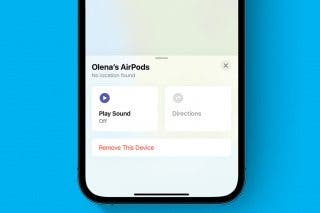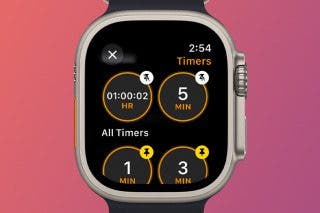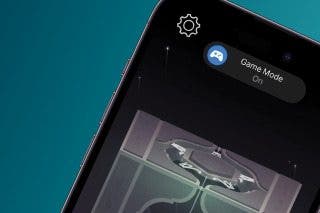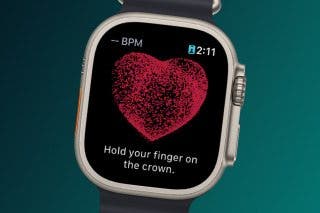New iPad Includes a Barometer


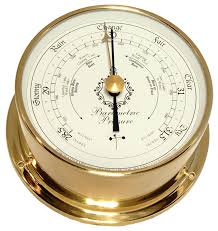
As a former weather guy, one part of the Apple announcement today really sparked my interest. The new iPad Air 2 will include a barometer. This both excites and makes me wonder just how well this feature will be harnessed. It is likely this is the same sensor introduced in the iPhone 6, though I admit that I haven't been able to test apps leveraging the feature yet.An accurate barometer could give the iPad a really unique niche in weather, nautical, and flight-related applications (flight planning, etc.), particularly on the larger iPad screen, but it really comes down to how precise the instrument is. Barometers are precision instruments, and they need to be calibrated regularly to remain accurate, so it will be interesting how this powerful feature ultimately might actually be used.
A primary key ingredient in weather forecasting is atmospheric pressure, which indicates the weight of the column of air over a particular location. In it's simplest terms, barometric pressure can tell you the trending of weather activity. A sharp drop could spell low pressure moving into your area (often related to stormy weather). Barometers are also used as part of aircraft instrumentation that indicates altitude (called an altimeter). One could envision using iPad and iPhone barometer reporting in new and interesting ways. Cloud reporting of barometer metadata for example (from millions of iPads and iPhones) could be used for real-time input and corrections to computer models. Microscale features that are not easily discovered through ordinary fixed weather stations/locations might be better accounted for in weather analysis, storm chasing and/or aviation-related applications. Many weather-related reporting stations are already heavily automated, but it would be interesting to explore this new mobile capability (provided user privacy can be adequately protected).
It is exciting to ponder that the iPhone and iPad barometer might usher in a new era of weather analysis!

Nate Adcock
Nate Adcock is a system and integration engineer with experience managing and administering a variety of computing environments. He has worked extensively with mobile gadgets of all shapes and sizes for many years. He is also a former military weather forecaster. Nate is a regular contributor for the iphonelife.com and smartphonemag.com blogs and helps manage both websites. Read more from Nate at natestera.tumblr.com or e-mail him at nate@iphonelife.com.

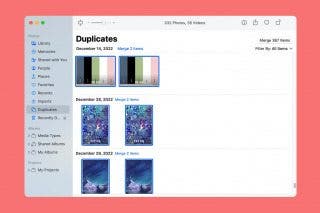
 Rachel Needell
Rachel Needell
 Amy Spitzfaden Both
Amy Spitzfaden Both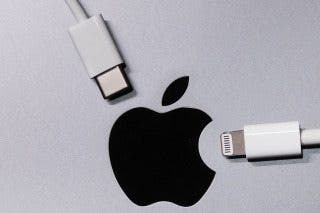



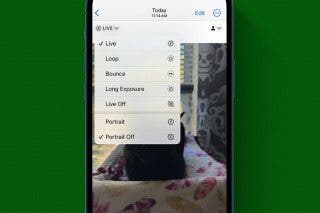
 Rhett Intriago
Rhett Intriago
 Haley Hunter
Haley Hunter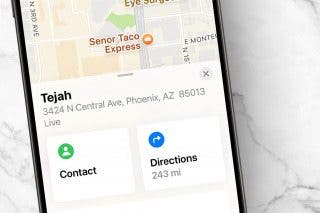
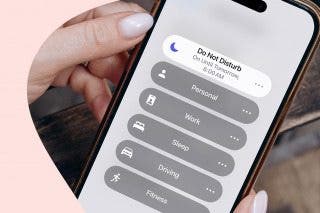
 Olena Kagui
Olena Kagui